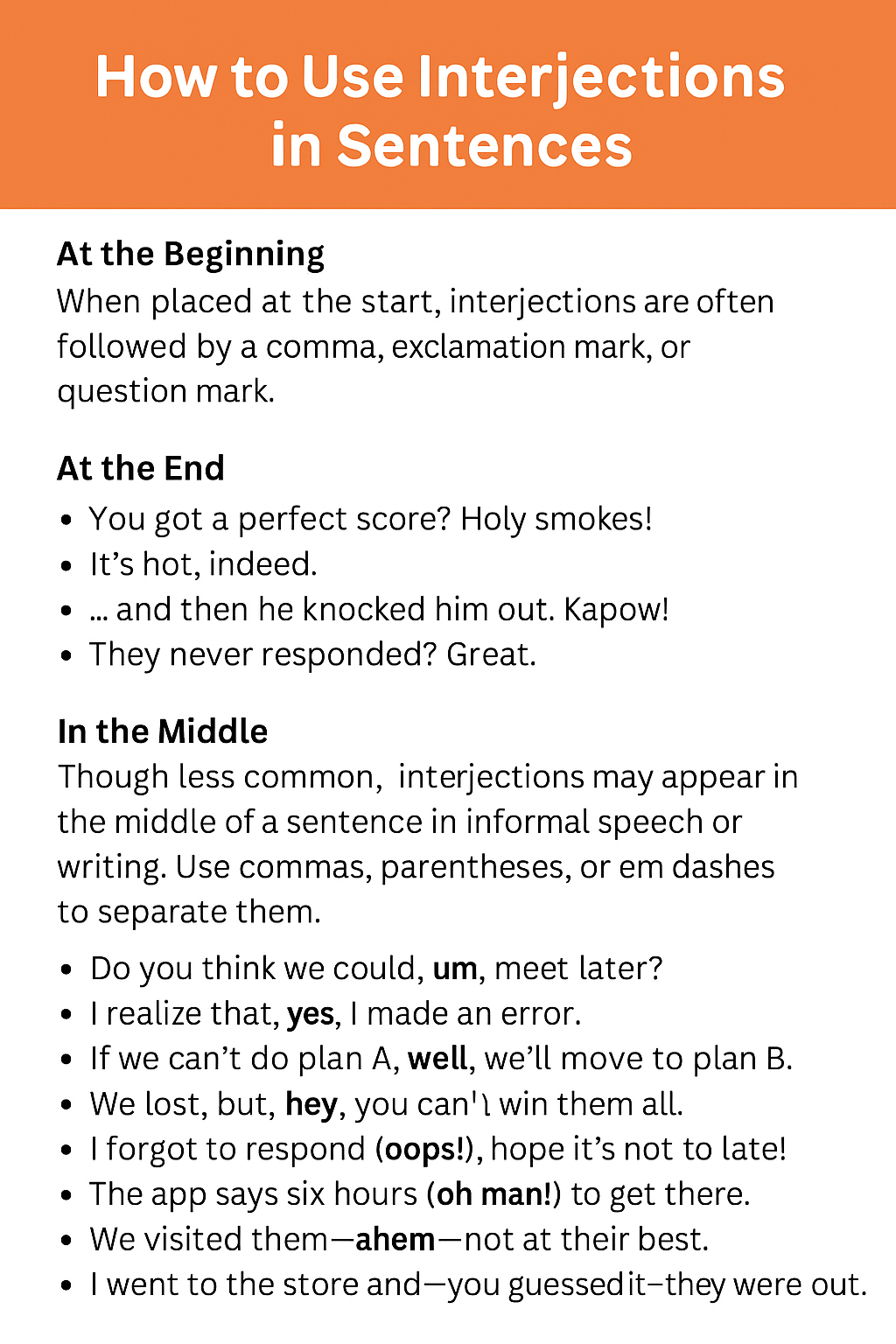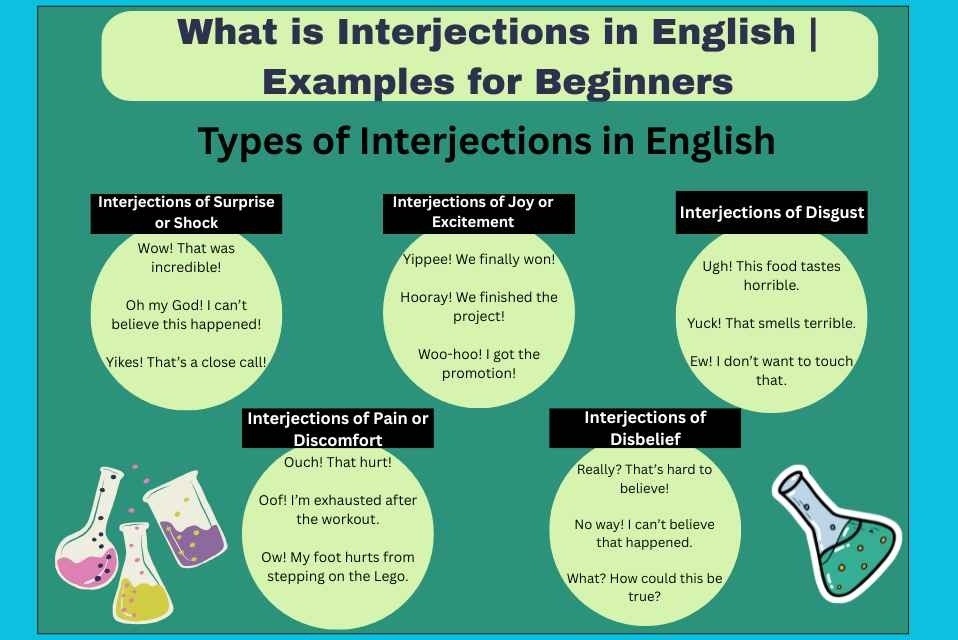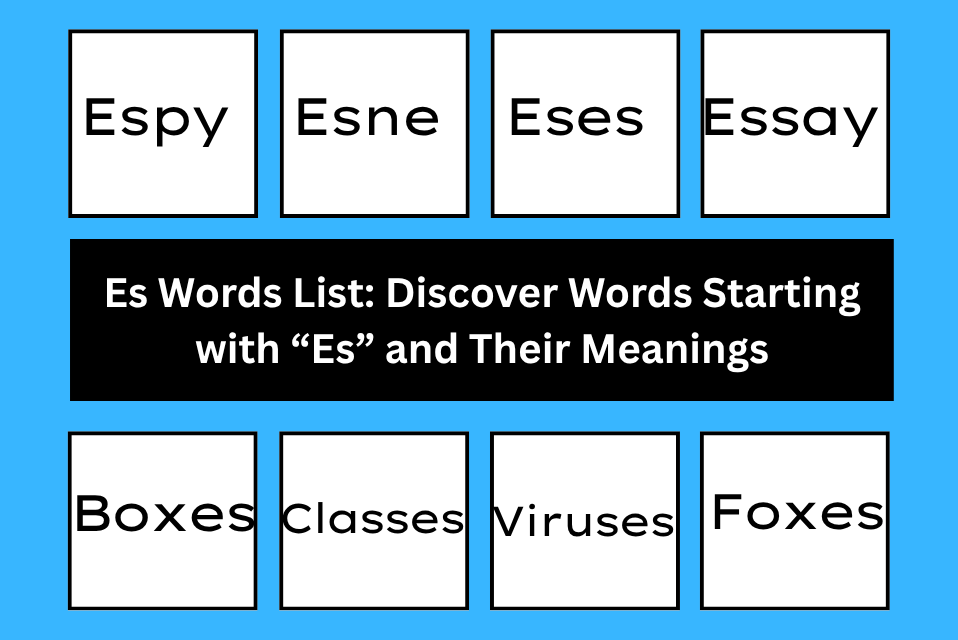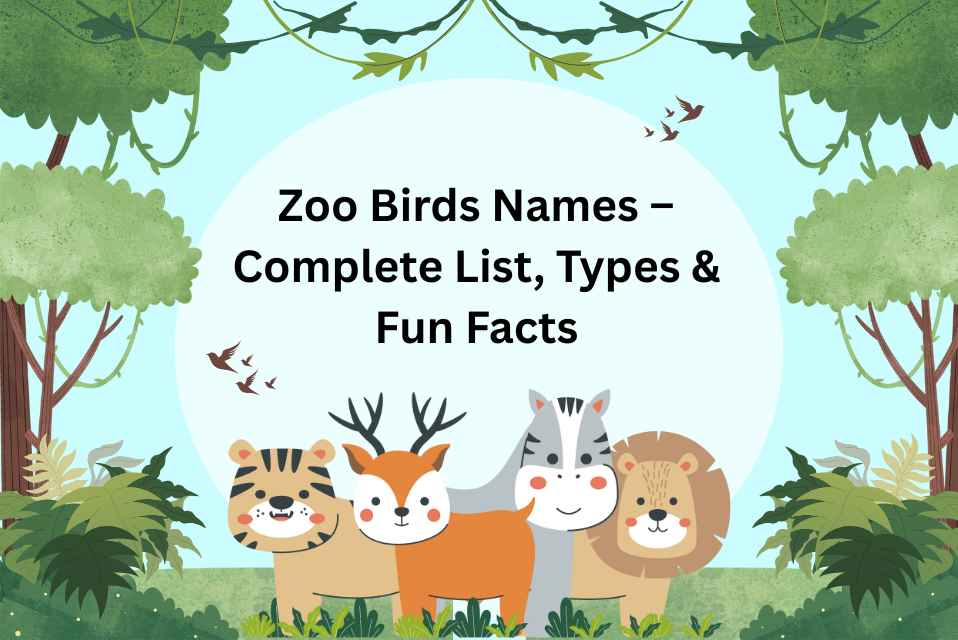Interjections in English are an exciting and expressive part of the language. They are words or phrases that express strong emotions or reactions, often standing alone without being grammatically connected to other parts of the sentence. Just like interjections, add idioms color and emotion to speech, helping convey feelings or ideas in a vivid way. From an exclamation of joy to a sigh of frustration, interjections allow us to express our feelings quickly and effectively.
What Are Interjections in English?
An interjection is a part of speech that helps express strong feelings, reactions, or emotions. It can be a single word, a phrase, or even an entire sentence. Interjections are unique because they are not grammatically connected to other parts of the sentence. They are used to show emotions such as surprise, joy, pain, anger, or excitement. For help understanding how different words function within sentence structure, check out our resource on types of conditional sentences, which illustrates how emotive language can be framed within clear grammatical forms.
Examples:
- Wow! That’s amazing!
- Ugh! This is so frustrating.
- Yippee! I won the race!
Unlike other parts of speech, interjections often stand alone. They can be inserted into a sentence, but they do not change the sentence’s core meaning. Their primary function is to convey emotion.
Types of Interjections in English
There are several types of interjections, each used to express different emotions or reactions:
Interjections of Surprise or Shock
- Wow! That was incredible!
- Oh my God! I can’t believe this happened!
- Yikes! That’s a close call!
Interjections of Joy or Excitement
- Yippee! We finally won!
- Hooray! We finished the project!
- Woo-hoo! I got the promotion!
Interjections of Disgust
- Ugh! This food tastes horrible.
- Yuck! That smells terrible.
- Ew! I don’t want to touch that.
Interjections of Pain or Discomfort
- Ouch! That hurt!
- Oof! I’m exhausted after the workout.
- Ow! My foot hurts from stepping on the Lego.
Interjections of Disbelief
- Really? That’s hard to believe!
- No way! I can’t believe that happened.
- What? How could this be true?
Interjections of Agreement
- Yeah! I completely agree with you.
- Absolutely! That’s exactly what I was thinking.
- Indeed! You are right.
Interjections of Questioning
- Huh? What did you say?
- What? Can you repeat that?
- Why? Why did you do that?
Interjections of Wonder
- Oh! I didn’t see that coming.
- Ah! So this is what it looks like.
- Whoa! That’s impressive!
How to Use Interjections in Sentences

Interjections can appear at the beginning, middle, or end of a sentence, depending on the emotion and tone.
At the Beginning
When placed at the start, interjections are often followed by a comma, exclamation mark, or question mark.
Examples:
- Ew! That’s disgusting.
- Well, I suppose we could reschedule.
- Yikes! I almost hit that pothole.
- Oh dear, we’ll have to try again.
- Huh? Did he really say that?
At the End
Interjections at the end are often punctuated based on the intensity of emotion.
Examples:
- You got a perfect score? Holy smokes!
- It’s hot, indeed.
- and then he knocked him out. Kapow!
- They never responded? Great.
In the Middle
Though less common, interjections may appear in the middle of a sentence in informal speech or writing. Use commas, parentheses, or em dashes to separate them.
Examples:
- Do you think we could, um, meet later?
- I realize that, yes, I made an error.
- If we can’t do plan A, well, we’ll move to plan B.
- We lost, but, hey, you can’t win them all.
- I forgot to respond (oops!), hope it’s not too late!
- The app says six hours (oh man!) to get there.
- We visited them ahem not at their best.
- I went to the store and you guessed it they were out.
Using Interjections in Dialogue
In fiction, interjections enhance realism in dialogue. They reflect emotions and give insight into characters. For example:
Example:
- “Oh, good grief!” she exclaimed, clearly surprised.
Use interjections intentionally to emphasize key emotional moments without overloading your writing.
When to Use Interjections
In Everyday Conversations
Used to express immediate emotions naturally. Example: Ugh! This meeting is dragging!
In Fiction
They make dialogue lively and characters relatable. Example: “Oh no! What did you do?” cried Sarah.
In Informal Writing
Blogs and personal stories benefit from their casual tone. Example: Hooray! It’s finally Friday!
In Humor or Exaggeration
Add playfulness or sarcasm. Example: Yippee! I found the last piece of cake!
When Not to Use Interjections
In Formal Writing
Avoid them in essays, research, or business writing. Incorrect: Ugh! The results were inconclusive. Correct: The results were inconclusive.
When Overused
Too many interjections can distract readers. Overuse Example: Wow! Amazing! Oh my God! Yikes!
Interjections in Texting
In digital communication, interjections are often replaced by emojis, GIFs, or stickers. While these are useful, they may not carry the same depth. To enhance emotional nuance and vocabulary richness in both text and speech, explore our guide on how to learn new words quickly and effectively.
Examples:
- Yuck! (disgust)
- Wow! (surprise)
- Haha! (laughter)
Slang and acronyms can also serve the same purpose:
- OMG!! That was so cool!
- No way! Are you serious?
Interjections vs. Onomatopoeia
While both can be expressive, they serve different functions:
- Interjection: Oh! (emotion)
- Onomatopoeia: Tick-tock. (imitating sound)
Conclusion:
Interjections are a dynamic part of speech that help express emotion in a quick, direct way. Use them in informal writing, fiction, and conversation to add flavor and personality. Avoid overuse and steer clear of them in formal contexts to maintain tone and professionalism.
Frequently Asked Questions: Interjections in English
Q1. What is the main purpose of an interjection?
Interjections are used to express emotions or reactions quickly and directly, often outside the grammatical structure of a sentence.
Q2. Are interjections appropriate in formal writing?
No. Interjections are usually avoided in formal writing such as essays, academic papers, and business communication.
Q3. Can interjections be more than one word?
Yes. Interjections can be single words (“Wow!”) or short phrases (“Oh my God!”).







